Have you ever met a dog that feels like a warm hug on four legs? That’s the kind of vibe calm therapy dogs bring into your life. They’re not just cute companions—they’re little emotional anchors, offering a soothing presence when the world feels a bit too loud.
These mellow pups don’t need chaos or constant excitement. They’re all about quiet comfort, gentle cuddles, and just being there when you need a soft paw to hold onto. Whether you’re dealing with stress, anxiety, or just want a peaceful friend to share your space, these dogs know how to bring the calm without saying a word.
But what actually makes a dog so emotionally grounding? It’s not just a calm personality—it’s that intuitive ability to read the room, match your energy, and say, “Hey, I’ve got you,” with a simple nudge.
Ready to meet the breeds that redefine emotional support in the gentlest way?
Calm Therapy Dog Breeds
1. Leonberger
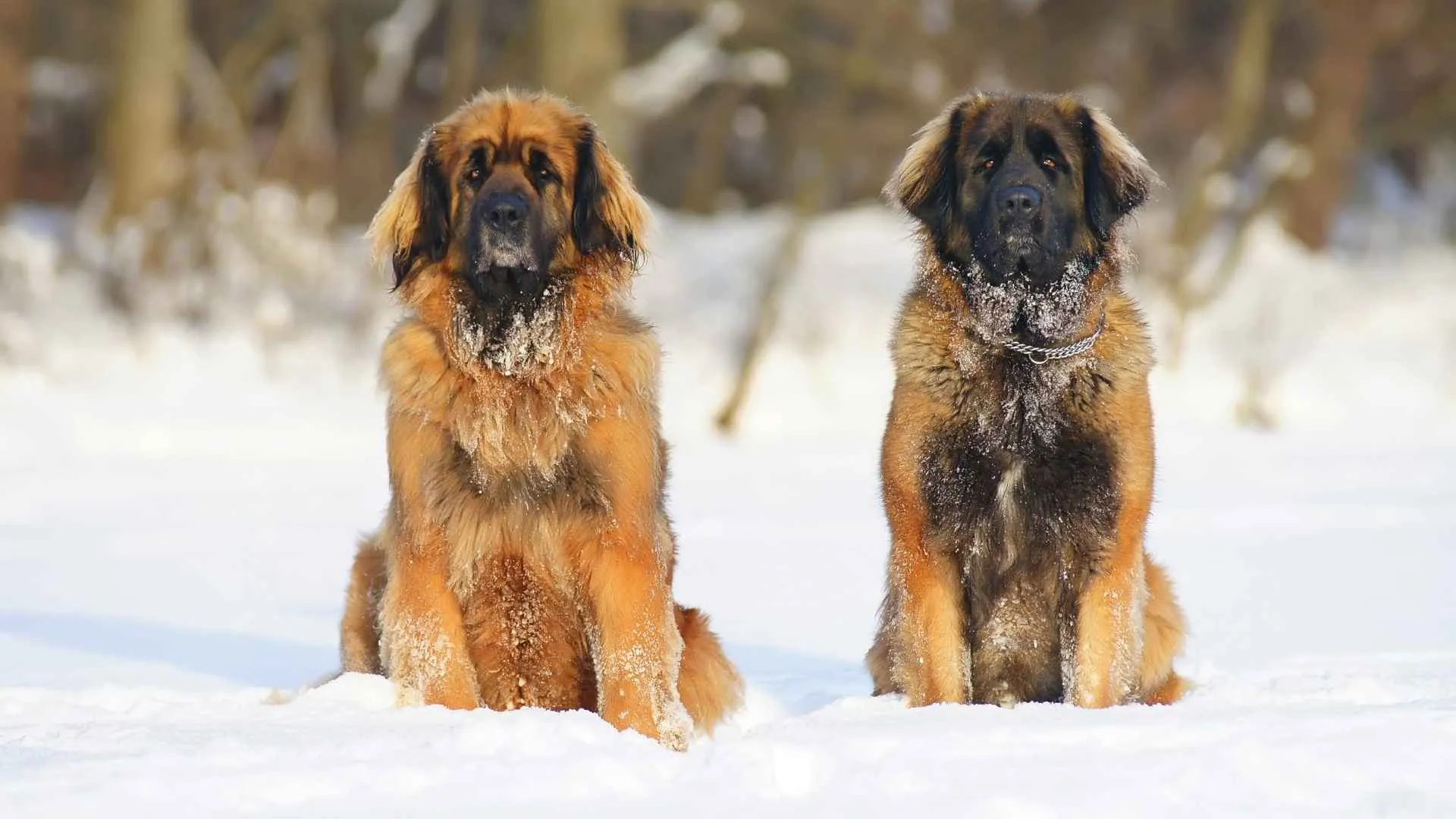
Imagine a therapy dog that looks like a lion but acts like a therapist—that’s the Leonberger. These majestic fluffballs may look powerful, but their hearts are made of velvet. When it comes to emotional support, they bring calm, quiet confidence that gently fills the room without ever being overbearing.
Leonbergers are one of those breeds that naturally read the room. They don’t need loud commands or constant redirection. They sense your energy, your mood, your tension—and they respond with the kind of soft, still companionship that feels like a warm blanket on a bad day.
They’re incredibly people-oriented, but not in a clingy way. Leonbergers don’t crowd or pester—they stick close, offer presence, and let you come to them when you’re ready. For someone working through grief, burnout, or emotional dysregulation, this kind of low-pressure love is exactly what heals.
PetMD states that their calmness isn’t just a temperament—it’s a lifestyle. Leonbergers move slowly, think carefully, and rarely react impulsively. Even in unfamiliar settings like clinics, rehab centers, or schools, they stay composed. This makes them ideal therapy dogs for environments where emotional volatility is common.
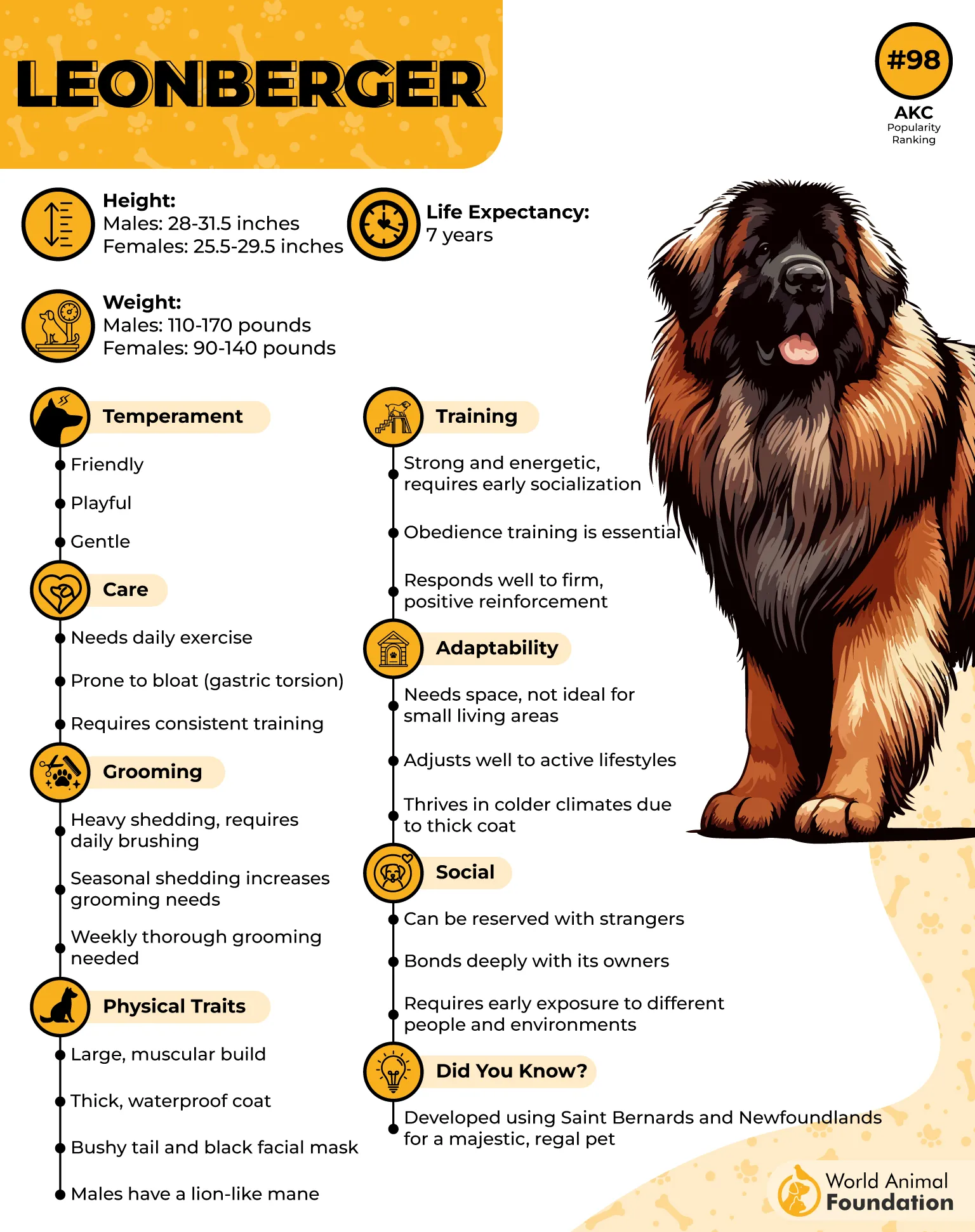
One standout trait? Emotional mirroring. Leonbergers tend to reflect the tone of whoever they’re with. Feeling low? They lie down beside you in silence. Need a little motivation? They’ll wag their tail and nudge you forward—just enough. It’s like emotional syncing, without words.
They’re also phenomenal with children and seniors. Their gentle giant energy creates a sense of safety without triggering fear. And because they’re so steady on their feet and incredibly tolerant, they’re great around people who may move unpredictably or need physical support just to feel grounded.
Fun Fact: Leonbergers were originally bred to resemble lions and serve as regal companions for European nobility—but these days, they’re happier serving as emotional rockstars in sweatpants households.
2. Newfoundland
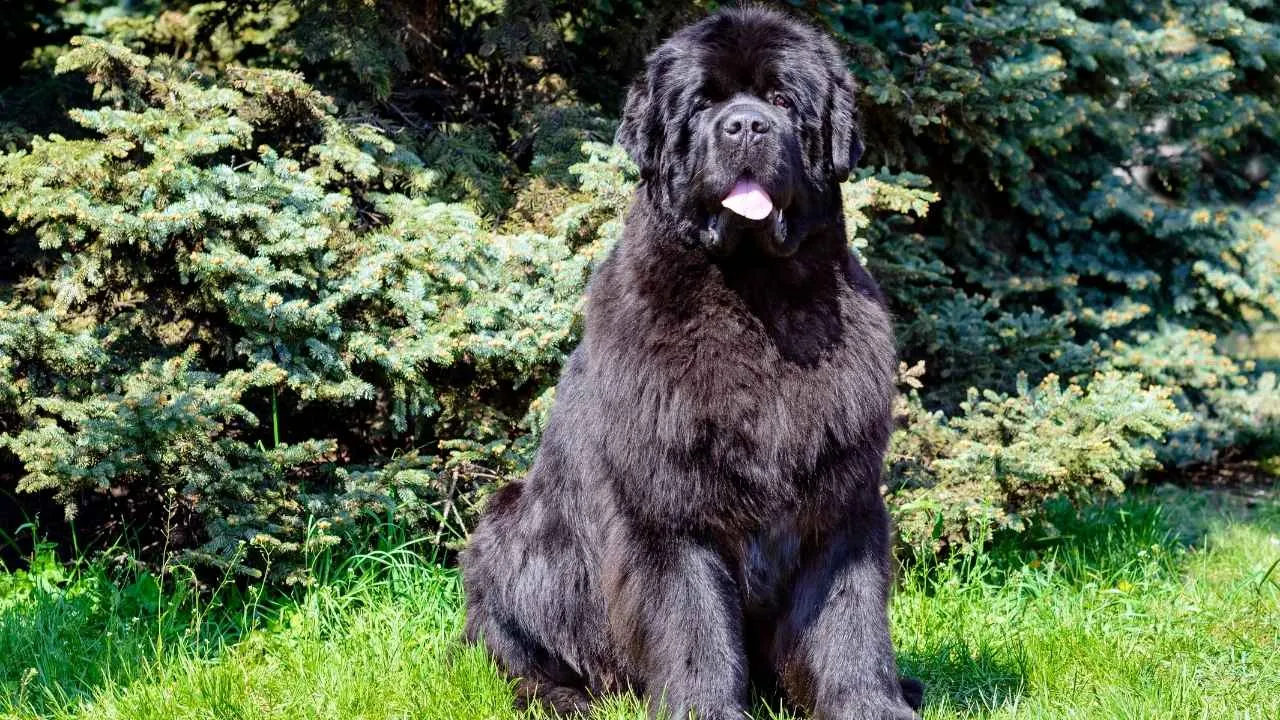
If there was ever a dog that embodied the phrase “gentle giant,” it’s the Newfoundland. These dogs aren’t just calm—they’re compassionate, intuitive, and famously nurturing. Honestly, if they could brew you tea and wrap you in a blanket, they probably would.
Newfoundlands are incredibly emotionally attuned. They’re not hyper, they’re not reactive—they just feel the room. Whether you’re tense, sad, or trying to hold it together, these dogs sense that emotional current and move in with quiet, grounded support. No big gestures—just presence. And sometimes that’s exactly what therapy is.
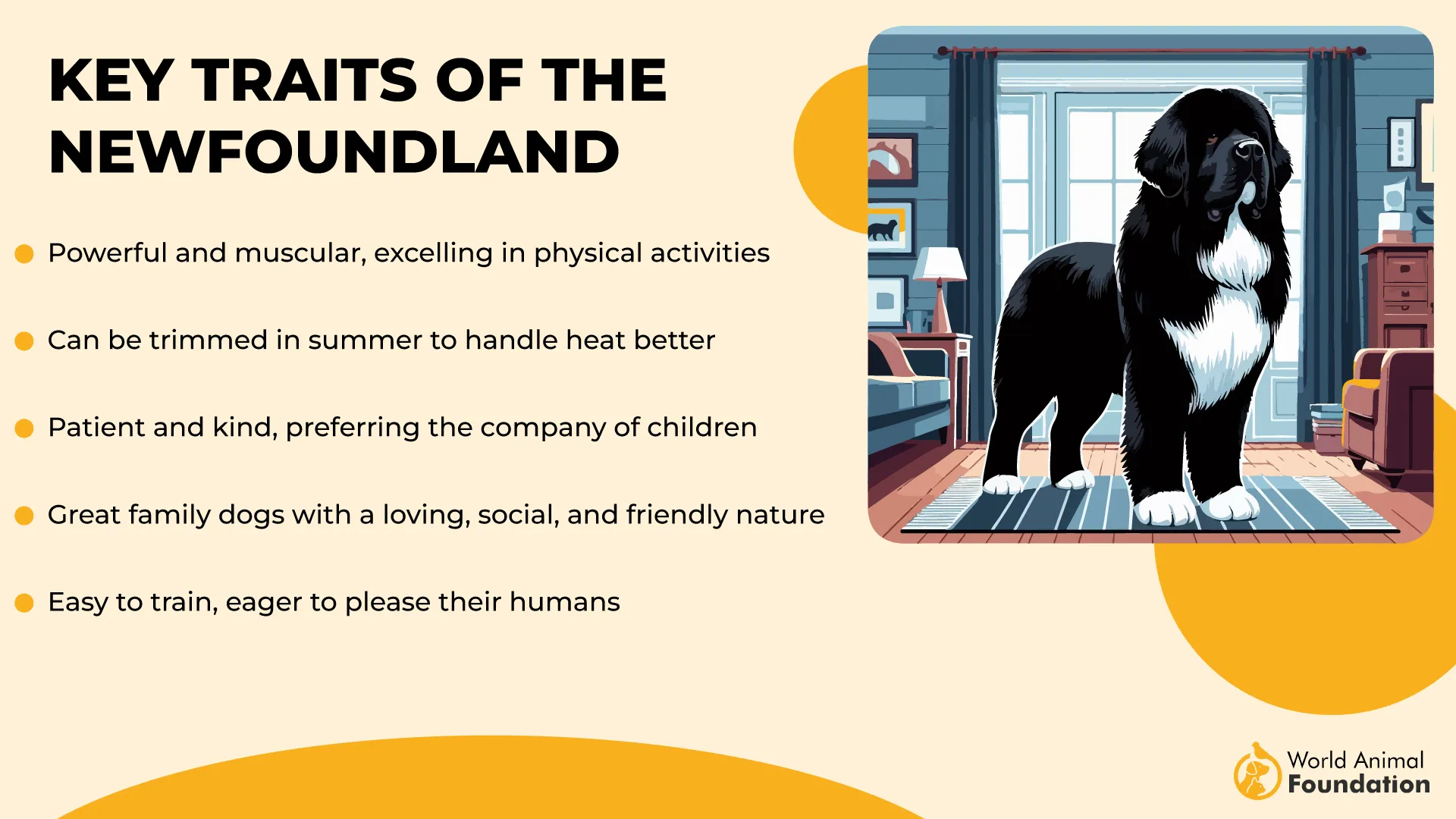
Their nurturing instinct isn’t just a coincidence. Newfies have a long history of working closely with humans, especially in water rescues. That guardian-like behavior has stuck with them, even out of the water. It’s what makes them such incredible therapy dogs, especially for children or adults who need a calming presence they can trust.
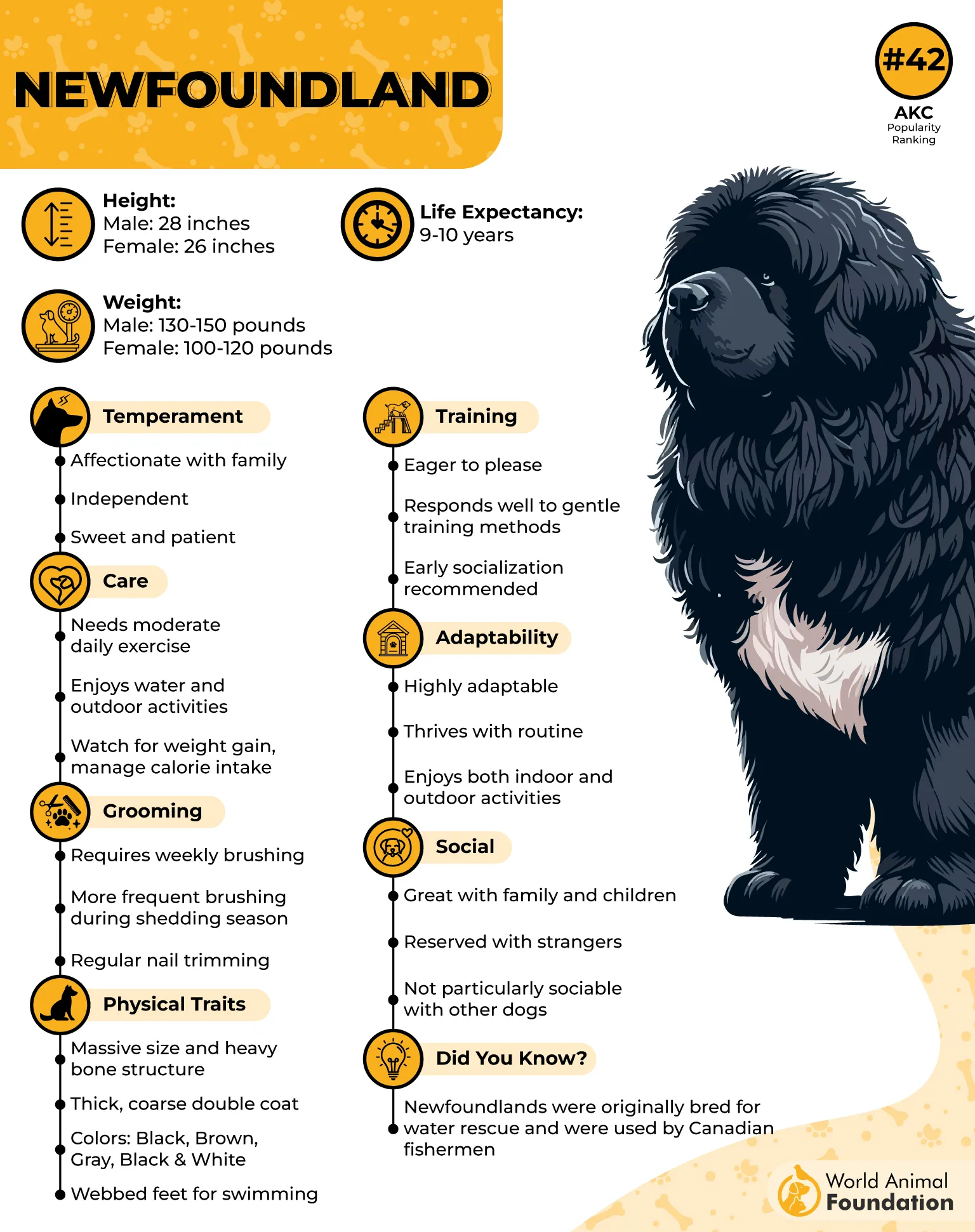
Despite their massive size, Newfoundlands are shockingly gentle indoors, says AKC. They walk carefully, lie down slowly, and seem to go out of their way not to bump or disturb. This makes them ideal for therapy environments with elderly individuals, wheelchair users, or kids who may be nervous around animals.
And let’s talk about the physical aspect of their comfort. That thick, fluffy coat and warm body? It’s like hugging a weighted blanket that breathes. For people with sensory processing needs or anxiety disorders, that grounding physical sensation can bring immediate relief.
3. Saint Bernard
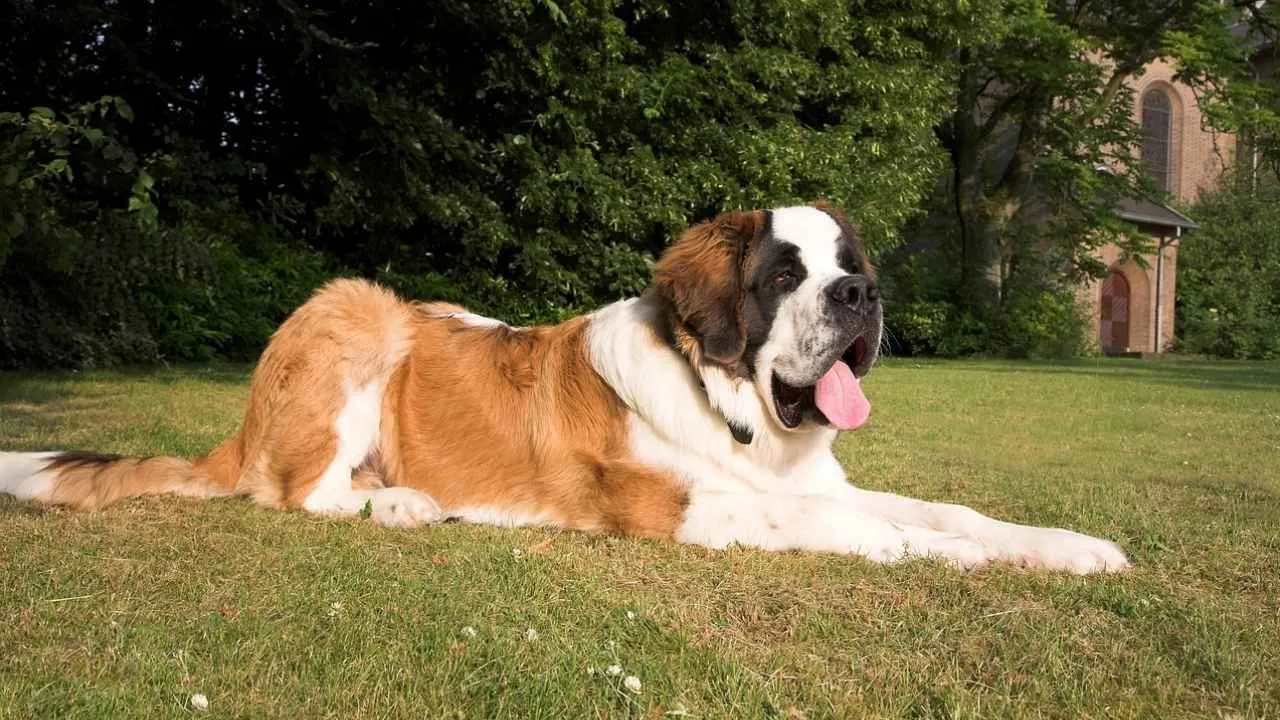
Let’s face it—there’s something instantly comforting about a Saint Bernard. Maybe it’s the massive, snuggly build. Maybe it’s the warm, soulful eyes. Or maybe it’s just that they feel like a living teddy bear that wandered straight out of a storybook. Whatever it is, these dogs are pure therapy in fur.
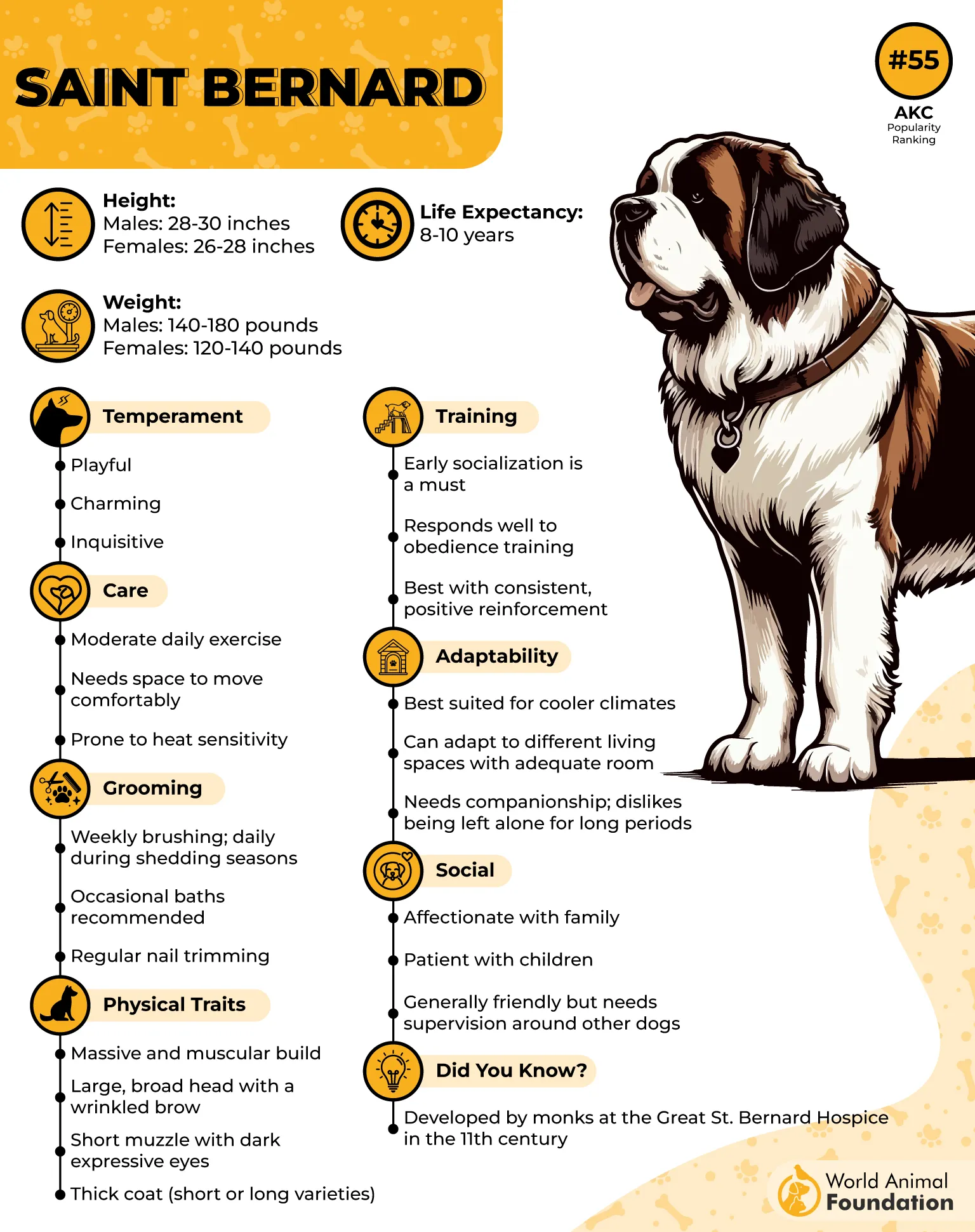
Saint Bernards have an almost monk-like calmness about them. They don’t startle easily, they rarely get worked up, and they carry themselves with this slow, thoughtful energy that feels incredibly grounding. If you’ve ever needed a reason to take a deep breath, being around a Saint Bernard will give you one.
These dogs are emotional anchors. They have a way of planting themselves beside you and just absorbing whatever storm you’re going through. Whether you’re grieving, panicking, or simply overwhelmed, they don’t flinch. They stay. And sometimes, that kind of steady loyalty does more than any words ever could.
One of the most underrated qualities in a therapy dog is tolerance, especially with unpredictable behavior. Saint Bernards have it in spades. Kids can tug, seniors can lean, strangers can get too close—and these dogs simply go with it. They don’t react harshly or anxiously. They adapt with grace.
They’re also amazing in clinical or home care environments. Why? Because they’re not reactive. They don’t bark much, and they don’t make sudden moves. Their chill factor is through the roof. For someone recovering from trauma or illness, that kind of calm energy can literally help the nervous system reset.
And despite their size, they’re surprisingly gentle indoors. Saint Bernards know how to “shrink” themselves in small spaces. They’ll carefully lie down out of the way, walk slowly through narrow halls, and wait patiently for directions. It’s like they know how big they are—and choose to be gentle anyway.
4. Irish Wolfhound
If calm had a mascot, it might just be the Irish Wolfhound. With their towering frame and dignified air, these dogs might look like ancient warriors, but their hearts? Pure softness. They’re gentle giants with an old-soul vibe that can slow your heart rate just by walking into the room.
What makes them a popular therapy dog breed is their composed, grounded energy. They don’t get ruffled easily. Sudden sounds, crowded spaces, even new environments—Irish Wolfhounds take it all in with quiet acceptance. For people who struggle with overstimulation or anxiety, that steady presence is a game-changer.
They also have a natural instinct to comfort without smothering. While some breeds express affection by demanding attention, the Wolfhound is more like a quiet friend who knows when to sit nearby and just… be. It’s a kind of emotional support that feels respectful and safe, not overwhelming.
Another standout trait? Their sensitivity. Irish Wolfhounds are deeply intuitive, says Quora. They seem to pick up on human moods almost effortlessly. Sad? They’ll come to lie at your feet. Anxious? Expect a slow nudge of their massive head against your arm. They don’t overdo it—but they never miss the moment.
Because of their calm temperament, they do particularly well in low-stimulation therapy settings, like hospice visits, one-on-one support sessions, or quiet homes where emotional healing is the focus. Their presence doesn’t demand attention—it gently holds it.
Despite their size, they’re incredibly easy to manage. They walk slowly, rarely pull on a leash, and don’t require tons of exercise. They’re perfectly content with short, peaceful walks and long, undisturbed naps.
5. Great Dane
Great Danes have a natural ability to de-escalate tension just by being there. Their quiet confidence and slow, deliberate movements make them feel safe to be around, especially for people who deal with trauma, emotional instability, or intense anxiety. They bring an almost anchoring presence into the room.
They’re also excellent at nonverbal connection. Great Danes don’t need to bark or beg for your attention. They’ll quietly lean their weight against you, or gently rest their head on your lap. That kind of touch is therapeutic in ways that words can’t reach. It’s subtle, but powerful.
Ever heard of emotional co-regulation? Great Danes are naturals at it. Their heartbeat slows yours. Their stillness calms your mind. For someone prone to overstimulation or emotional overload, having a Dane around feels like a live-in therapist with fur.
And don’t let their size fool you—they’re incredibly gentle and affectionate with kids and elderly folks. They seem to know when to be extra careful. There’s something almost intuitive about how they interact with people, especially those who are fragile, grieving, or going through tough recovery.
They’re also impressively tolerant, says Reddit. Loud noises? Unpredictable environments? Unusual routines? A well-socialized Great Dane takes it all in stride. That calm adaptability makes them ideal therapy dogs for hospitals, schools, or even high-stress households.
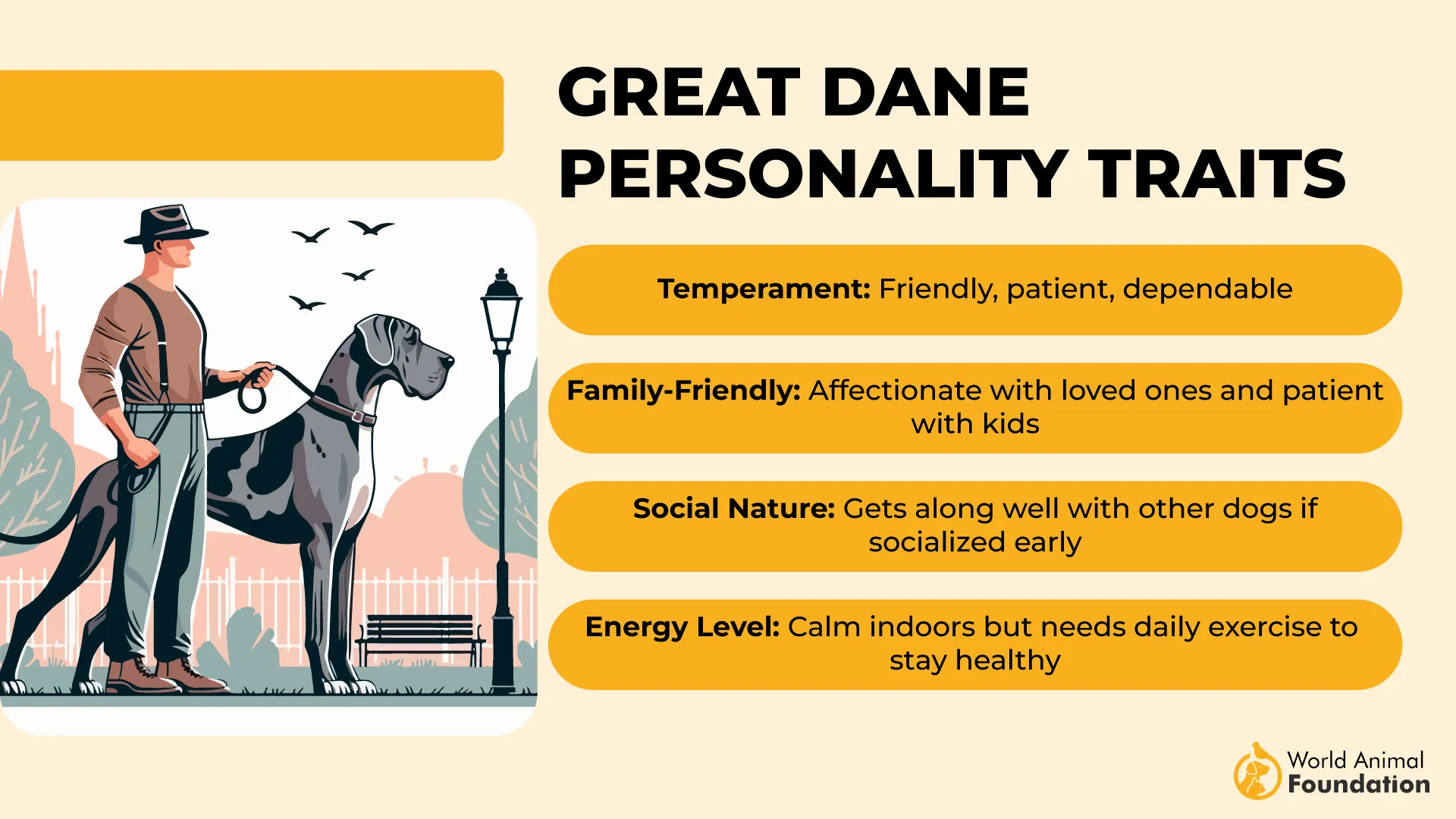
6. Greyhound
When people hear “Greyhound,” they often picture a high-speed racer zipping around a track. But here’s the twist—off the track, these dogs are some of the calmest, most zen-like companions you’ll ever meet. Seriously, ever met a dog that loves the couch more than the park? That’s a Greyhound for you.
Despite their athletic and muscular build, Greyhounds are notorious for their love of lounging. They’re like professional nappers—graceful, gentle, and always down for a good snooze. That natural calmness makes them surprisingly perfect as therapy dogs, especially for individuals who need emotional balance and a peaceful presence in their lives.
Greyhounds also have this elegant stillness about them. They move gracefully, rarely get overly excited, and don’t bark much. This low reactivity makes them ideal for people with anxiety, sensory sensitivities, or PTSD. Need a dog that won’t jump on visitors or freak out at the doorbell? You’re in the right lane.
It is their emotional attunement that sets them apart in their therapy work. Greyhounds might not smother you with kisses, but they watch. They sense when something’s off. They’ll come and rest their head on your lap without fanfare—no dramatics, just quiet solidarity. And sometimes, that’s exactly the kind of support someone needs.
Another bonus? They’re great in small spaces. You’d think a long-legged breed would need a huge backyard, but nope. These dogs are couch potatoes at heart. A soft bed, a few short walks, and a little attention is all it takes to keep them happy. That’s a huge win for folks in apartments or assisted living situations.
Health-wise, they’re low-maintenance. Their thin coat sheds very little, and they don’t have that “doggy” smell some people are sensitive to. They do get cold easily, though, so yes, you might end up buying your therapy dog a sweater. Not a bad trade for serenity on four legs, right?
7. Basset Hound
Let’s be real—just one look at those droopy eyes and long ears, and your stress level drops a few notches. The Basset Hound isn’t just a mood; it’s a whole vibe. Calm, slow-moving, and totally chill, this breed brings an almost meditative energy into any space it enters.
Quora says that therapy dogs need to be gentle, patient, and grounded—and the Basset Hound checks all those boxes without even trying. They’re not the type to bounce off walls or demand non-stop attention. Instead, they’re perfectly content to curl up beside you and just be. And honestly, isn’t that exactly what emotional support should feel like?
One of their biggest strengths as therapy dogs? Their unshakable patience. Whether you’re recovering from burnout, dealing with depression, or just need a steady presence while you heal, a Basset Hound will stay right by your side. They don’t judge. They don’t rush. They wait—with those soulful eyes and that mellow tail thump—for you to come around.
And let’s talk about that voice. While they can bark when necessary, Basset Hounds aren’t loud or overly vocal unless they sense something’s truly off. That makes them fantastic for quiet environments, like therapy centers, classrooms, or just a peaceful home.
Another cool thing? Their pace. These dogs aren’t built for speed, and they like it that way. Their slow, steady movement can have a calming effect, especially for people who deal with anxiety or sensory sensitivity. Watching a Basset trot around the yard is like watching therapy in motion—it’s slow, grounding, and strangely satisfying.
You might think their stubborn streak would be a downside, but in therapeutic settings, it actually helps. Bassets are independent thinkers, but they’re also incredibly loyal. They won’t follow every command like a robot, but they will show up emotionally. That kind of balanced temperament makes them more relatable than robotic.
Fun Fact: Basset Hounds have one of the most powerful noses in the canine world—second only to the Bloodhound! Yet, somehow, they prefer sniffing out snacks over chasing drama. Priorities, right?
Conclusion
When it comes to choosing the best therapy dogs, calm service dog breeds truly shine. From gentle giants to affectionate small dogs, certain breeds have the perfect mix of temperament, loyalty, and obedience skills to offer deep comfort and emotional support. Whether you’re in nursing homes, classrooms, hospitals, or simply need a companion to ease anxiety at home, therapy dogs work wonders for people of all ages. With proper training and therapy dog certification, many popular dog breeds can become ideal therapy dogs in a wide range of therapy settings.
Some excellent therapy dogs, like the Labrador Retriever, Cavalier King Charles Spaniel, and Golden Retriever, are known for their friendly disposition and desire to form strong bonds. But others—like Beagles, German Shepherds, Yorkshire Terriers, and Shih Tzus—have proven their place in the canine world with the right special training and moderate exercise. Even highly intelligent breeds like Border Collies can thrive as great therapy dogs with therapy dog training. Whether it’s small breeds or larger dogs, the key is understanding the individual temperament and grooming needs required for each.
As defined by the American Kennel Club, most potential therapy dogs must pass the Canine Good Citizen Test to show they’re eager to please, well-behaved, and ready to provide emotional support and animal-assisted therapy in busy environments or alongside other dogs and other animals. The best breeds are often those that are low maintenance, easily trained, and can perform specific tasks or simply bring smiles with their gentle nature. In just ten minutes, the presence of a calm, loving companion dog can reduce anxiety, support mental health, and transform someone’s entire day.


